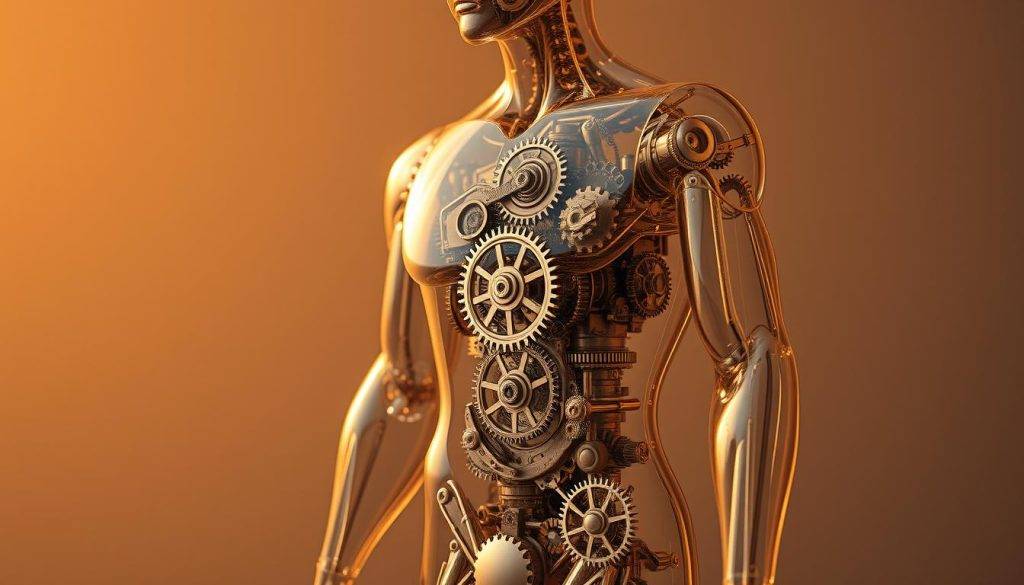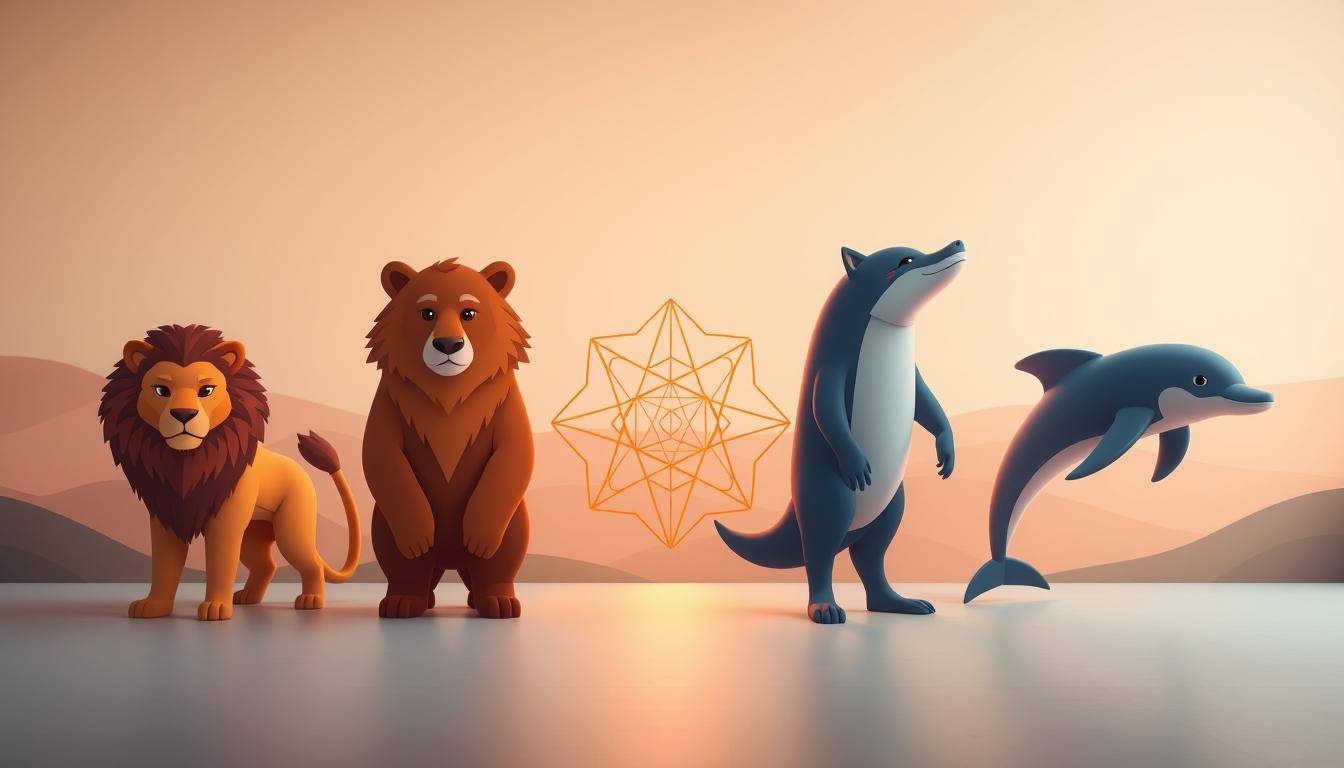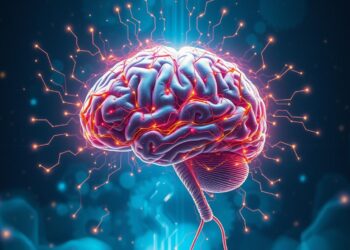“Sleep is the golden chain that ties health and our bodies together,” wrote philosopher Thomas Dekker. Just as no two fingerprints are alike, your natural sleep-wake rhythm—your chronotype—holds the key to unlocking your full potential. Imagine structuring your day in harmony with your body’s innate preferences, not against them.
Popularized by sleep expert Dr. Michael Breus, the four chronotypes—Lion, Bear, Wolf, and Dolphin—act as blueprints for your energy levels, productivity peaks, and ideal routines. Early risers (Lions) thrive at dawn, while night owls (Wolves) hit their stride after sunset. Bears mirror the sun’s cycle, and Dolphins often wrestle with irregular sleep patterns.
Aligning tasks with your biological design isn’t just about better rest. It’s about working smarter. Morning-focused people might schedule critical meetings before noon, while creative types could reserve evenings for brainstorming. This approach transforms daily struggles into seamless momentum.
Key Takeaways
- Your chronotype determines when you feel most alert and productive during the day
- Four main sleep patterns (Lion, Bear, Wolf, Dolphin) shape energy highs and lows
- Matching tasks to your peak times improves work performance and reduces stress
- Understanding your rhythm enhances sleep quality and daytime focus
- Small schedule adjustments create lasting improvements in well-being
Understanding Chronotypes and Their Impact on Energy Levels
Your body’s daily rhythm operates like a finely tuned orchestra—each system plays its part at specific hours. This natural cadence, governed by an internal clock, determines when you feel most awake or ready for rest. Scientists identify these patterns through brain activity measurements, hormone fluctuations, and sleep studies.

The Science of Daily Patterns
Research shows three primary biological templates: morning larks (early risers), night owls (late activators), and intermediates. A 2022 study in the Sleep Research Society Journal found that 60% of people align with solar cycles, while 30% naturally lean toward later bedtimes.
| Type | Peak Focus | Lowest Energy |
|---|---|---|
| Morning Lark | 5 AM – 12 PM | 3 PM – 6 PM |
| Intermediate | 10 AM – 2 PM | 8 PM – 10 PM |
| Night Owl | 4 PM – 12 AM | 7 AM – 10 AM |
Rhythms and Real-World Performance
Your internal clock doesn’t just dictate sleep—it shapes memory retention and problem-solving abilities. Morning-focused individuals often excel at analytical tasks before noon. Evening types frequently produce creative breakthroughs after sunset.
Ignoring these rhythms can lead to mental fog. A Harvard study revealed workers operating against their natural patterns made 23% more errors. Aligning tasks with your biological highs turns effort into effortless momentum.
Identifying Your Chronotype: Lion, Bear, Wolf, or Dolphin?
Your daily rhythm holds secrets to peak performance—discover which sleep-wake pattern defines you. Start by tracking your natural tendencies for one week. Note when you wake without alarms, feel most focused, and crave downtime.

Recognizing Key Behavioral and Sleep Patterns
Lions typically rise before sunrise, tackling complex tasks by 8 AM. Bears follow solar cycles, hitting their stride mid-morning. Wolves gain momentum as others wind down—their “peak focus window” often starts at 4 PM. Dolphins struggle with consistent rest but excel during late afternoon bursts.
Ask three critical questions:
- What time do you naturally wake on free days?
- When do mental challenges feel effortless?
- Do social events energize you at night?
A 2023 University of Michigan study found 82% accuracy in self-assessment when tracking these factors for 10 days. Match your observations to these patterns:
| Type | Natural Wake-Up | Productive Window |
|---|---|---|
| Lion | 5-6 AM | 5 AM – 12 PM |
| Bear | 7-8 AM | 10 AM – 4 PM |
| Wolf | 9 AM+ | 4 PM – 12 AM |
| Dolphin | Varies | 1 PM – 3 PM |
Knowing your pattern helps reshape your schedule. A graphic designer Wolf might reserve client meetings for mornings and creative work for evenings. Small adjustments create lasting improvements in rest quality and output.
Chronotype Energy Optimization Strategies
Your daily rhythm isn’t just a habit—it’s a roadmap to peak performance. By aligning three core areas—rest, nutrition, and activity—you can transform sluggish days into high-output periods. Studies show matching routines to biological highs boosts focus by 34% and reduces mental fatigue.

Tailoring Your Sleep, Diet, and Exercise Routines
Morning-focused types thrive with early workouts and protein-rich breakfasts. Those with late-afternoon energy surges benefit from splitting exercise into two shorter sessions. A 2023 clinical trial found aligning meal times with natural wakefulness improves nutrient absorption by 28%.
| Type | Ideal Bedtime | Best Meal Timing |
|---|---|---|
| Lion | 9-10 PM | Heavy breakfast, light dinner |
| Wolf | 12-1 AM | Small lunch, substantial evening meal |
Aligning Tasks with Your Biological Peak Times
Track your mental clarity for three days using apps like Toggl or Google Calendar. Schedule analytical work during your sharpest brain hours—often mornings for solar-aligned types. Reserve repetitive tasks for lower-energy periods.
- Use color-coding in planners to match task difficulty with energy levels
- Take 10-minute walks during slumps to reactivate focus
- Experiment with caffeine timing—morning types often benefit from early intake
Night-oriented individuals report 41% higher creativity post-8 PM, per Stanford research. Test these adjustments for two weeks—note changes in task completion speed and evening alertness.
Leveraging Chronotype Insights for Enhanced Team Productivity
Teams that harness biological rhythms unlock hidden potential. A 2023 Gallup study found flexible scheduling boosts output by 19% while reducing burnout. Remote work tools now let members tackle tasks during personal peak hours—whether that’s dawn for early risers or twilight for night-active colleagues.

Scheduling Meetings and Work Blocks Effectively
Morning huddles work for solar-aligned Bears but derail Wolves’ creative flow. Smart leaders use tools like When2Meet to find overlapping focus windows. For example:
| Team Member | Peak Hours | Best Meeting Times |
|---|---|---|
| Lion | 7-11 AM | Mid-morning |
| Wolf | 4-8 PM | Late afternoon |
| Dolphin | 1-3 PM | Post-lunch hours |
Rotate meeting times weekly to accommodate different patterns. Reserve critical decisions for when 70% of team members are in high-focus phases.
Addressing Chronotype Bias in the Workplace
“Judging productivity by office hours is like grading fish on tree-climbing,” notes Stanford researcher Dr. Emily Torres. Combat bias by:
- Measuring output over attendance
- Recording meetings for night-focused workers
- Offering core collaboration hours (10 AM – 2 PM)
Companies adopting these strategies report 27% faster project completion. When a marketing firm shifted creative reviews to 3 PM—aligning with mixed chronotypes—client satisfaction jumped 14% in six months.
Conclusion
Your body’s natural tempo shapes more than sleep—it’s the conductor of your daily success. By aligning tasks with your biological highs and lows, you transform ordinary days into opportunities for peak performance. Studies show matching activities to your inner rhythm boosts both personal well-being and professional results.
Prioritizing key periods—like creative afternoons or analytical mornings—enhances sleep quality and overall health. Night-active individuals (often called owls) might reserve complex tasks for evening hours when focus sharpens. Small shifts, such as adjusting bed times or meeting schedules, create ripple effects across work and life.
Teams thrive when members honor each other’s natural clocks. A 2023 study found companies allowing flexible schedules based on individual patterns saw 22% higher collaboration scores. Tools like shared calendars help balance group needs with personal productivity windows.
Ready to redesign your day? Start by tracking your focus patterns for three days using methods from tailoring your schedule to biological needs. Then experiment with task timing—you might discover your best work happens when you least expect it.
Remember, whether you’re an early riser or a night owl, your unique rhythm holds the key to sustainable success. Explore resources like understanding personal energy cycles to craft a routine that fuels both ambition and well-being.




























































